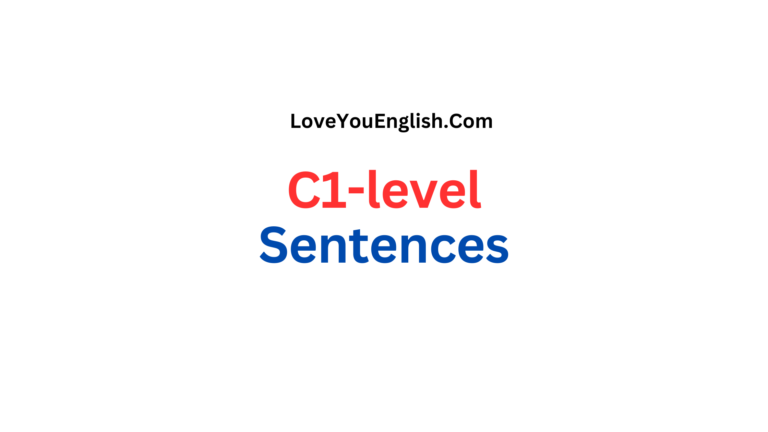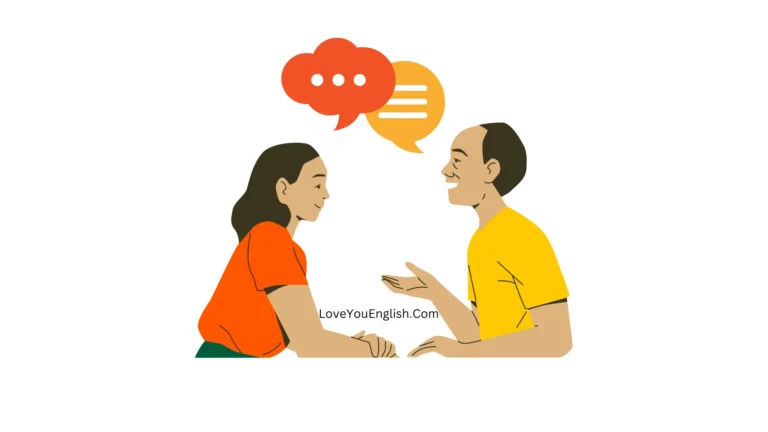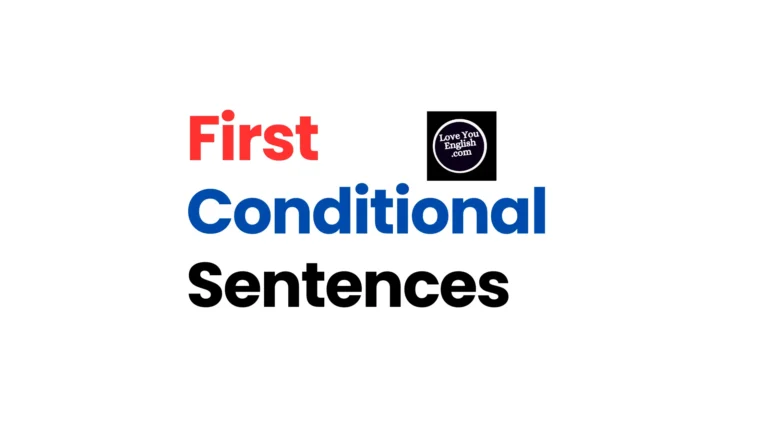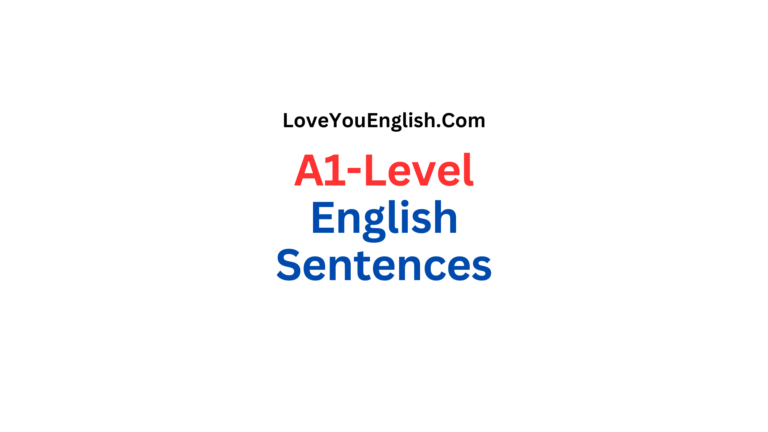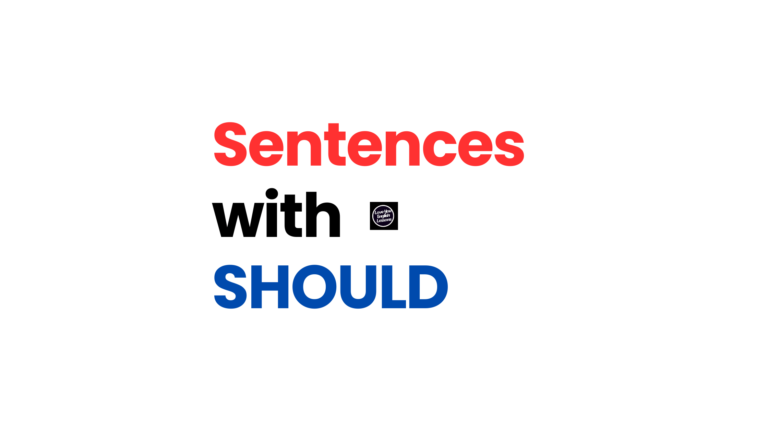Examples of Pronouns in Sentences
Examples of Pronouns in Sentences
Hello everyone, in today’s lesson we are going to learn sentences with pronouns!
If you’ve ever wondered how to talk about people, animals, or things without using their names all the time, you’re in the right place.
Pronouns are special words that take the place of nouns, making sentences shorter and easier to understand.
In this blog, we’ll explore how pronouns work and how they help us communicate more efficiently.
Get ready to learn about these handy words that make our language flow smoothly!
I went to the store to buy some groceries.
The cashier greeted me with a friendly smile.
She asked if I found everything I needed.
My shopping list was in my pocket, and I handed it to her.
As she scanned the items, I noticed she was efficient and quick.
He was bagging groceries at the next counter, and he seemed experienced.
I thanked both of them for their help, and they wished me a great day.
On the way home, I met a neighbor, and we chatted about the weather.
They mentioned that their garden was flourishing this season.
Later, I invited them to join me for coffee sometime.
At home, my family was excited to hear about my day.
My sister asked if I could help her with homework.
She was struggling with a math problem, so I offered assistance.
He called his friend to get some advice on the tricky question.
They explained the solution, and she finally understood.
We decided to celebrate by ordering pizza for dinner.
I called the pizza place and placed an order for delivery.
The delivery person arrived promptly, and he handed me the pizza.
I paid him and gave him a tip for the quick service.
My friends arrived, and we enjoyed the delicious pizza together.
During the meal, we shared stories and laughed a lot.
She told us about her recent vacation, and we were all amazed.
He mentioned that his new job was challenging but fulfilling.
I talked about a book I had recently read and recommended it to them.
After dinner, we watched a movie, and they loved it.
He suggested watching another film next weekend.
I agreed, and she said she would bring some snacks.
We made plans for the upcoming weekend.
On Sunday, I attended a community event, and it was a lot of fun.
They organized various activities, and we participated enthusiastically.
She won a prize in the raffle, and I congratulated her.
He took photos of the event, and I asked him to send them to me.
I shared the pictures with my family, and they were happy to see them.
My parents were proud of me for being part of the community event.
I thanked them for their support and encouragement.
On Monday morning, I went to work, and my colleagues greeted me warmly.
They were impressed with my weekend stories.
He asked if I could help him with a project, and I gladly agreed.
We collaborated on the assignment, and they appreciated my input.
At lunchtime, I joined my coworkers for a meal, and we had lively conversations.
She suggested trying a new restaurant, and I liked her idea.
He recommended the seafood dish, and I ordered it.
The waiter served the food, and he ensured everything was to our liking.
I complimented him on the excellent service.
After work, I went to the gym for a workout, and I felt energized.
My trainer helped me with a new exercise routine.
She encouraged me to push myself a little harder.
I appreciated her guidance and dedication.
He handed me a bottle of water, and I thanked him.
As I left the gym, I reflected on the day and felt grateful for the interactions with others.
Also read:
- Examples of Pronouns in Sentences
- Use of Might l Sentences with Might
- Use of “Can” and Sentences with “Can”
- 250 Daily Routine Sentences in English
Pronouns sentences-2
On the way home, I saw a stray cat, and it looked hungry.
I decided to give it some food from my bag.
It cautiously approached me and accepted the food with gratitude.
I felt a sense of satisfaction in helping the little creature.
At home, I shared the story of the encounter with my roommate.
She was touched by the kindness and suggested we volunteer at an animal shelter.
The next day, we visited the shelter, and they welcomed us warmly.
We spent the day playing with the dogs, and they enjoyed our company.
They thanked us for volunteering and expressed how much they appreciated our help.
On the way back, I met an old friend from school, and he invited me for coffee.
We reminisced about the good old days and laughed at shared memories.
He mentioned that he was starting a new business, and I wished him success.
I shared some business tips with him, and he found them helpful.
He promised to keep me updated on his progress.
My cousin called, and she asked if I could help her move to a new apartment.
I gladly agreed, and we spent the weekend packing and unpacking boxes.
She thanked me for the assistance, and I was happy to be of help.
We ordered pizza for dinner, and they delivered it promptly.
I paid the delivery person, and he thanked me for the tip.
He mentioned that he recognized me from a previous delivery.
I remembered him too and appreciated the quick and reliable service.
My boss called to discuss a new project, and he requested my input.
I shared my ideas with him, and he was impressed with my creativity.
He praised my dedication to the job, and I felt motivated.
I scheduled a meeting with my team to brainstorm further on the project.
They were enthusiastic about the ideas, and we collaborated seamlessly.
She suggested a timeline for the project, and I agreed with her proposal.
He commended her organizational skills, and she blushed with gratitude.
I received an email from a client, and they had some concerns about the project.
I assured them that I would address their issues promptly.
They appreciated my responsiveness and professionalism.
My sister called, and she wanted advice on choosing a college.
I shared my experiences, and she found my insights valuable.
She thanked me for my guidance and said she felt more confident.
He invited me to a concert, and I gladly accepted.
We enjoyed the music and danced the night away.
He mentioned that he had extra tickets, and I suggested inviting my friends.
They joined us, and we had a fantastic time together.
My friend complimented me on my dance moves, and I thanked her.
I told her that she was a great dancer too, and she blushed.
He shared his favorite song, and I added it to my playlist.
We planned to attend more concerts together in the future.
I received a letter from an old pen pal, and they wanted to reconnect.
We exchanged stories about our lives and caught up on lost time.
They expressed gratitude for my letters and friendship over the years.
I promised to write more frequently and keep in touch.
My neighbor borrowed a book, and he promised to return it soon.
He thanked me for the recommendation, and I hoped he would enjoy the read.
I noticed that my plants needed watering, so I took care of them.
They looked healthier afterward, and I felt a sense of accomplishment.
Read more:
Pronouns sentences-3
My phone rang, and it was my cousin calling to invite me to a family gathering.
I happily accepted the invitation and promised to bring a dessert.
They welcomed me with open arms, and we spent the day sharing stories and laughter.
My aunt complimented me on my baking skills, and I shared the recipe with her.
She expressed gratitude for the delicious treat and asked for more recipes.
My niece showed me a drawing she had made, and I praised her artistic talent.
I suggested she pursue art as a hobby, and she seemed excited about the idea.
He joined the conversation, and we discussed various hobbies and interests.
He mentioned that he enjoyed hiking, and I shared my favorite hiking spots.
They planned a weekend hiking trip, and I was invited to join them.
I agreed, and she suggested we pack a picnic for the adventure.
We explored the scenic trails, and they were amazed by the breathtaking views.
I took photos to capture the memories, and he joked about creating a photo album.
She found a beautiful spot for the picnic, and I thanked her for the idea.
My colleague approached me with a project, and he asked for my collaboration.
I was honored by his trust in my abilities and readily agreed to work together.
He praised my contributions during a team meeting, and I felt proud of myself.
My teammates congratulated me, and we celebrated with a small office party.
I shared the success with my family, and they were overjoyed by my achievements.
My parents encouraged me to continue pursuing my goals, and I appreciated their support.
I received an email from a client expressing satisfaction with my services.
They commended me for the timely delivery of the project and the quality of my work.
I replied, expressing gratitude for their positive feedback.
My professor assigned a research project, and he encouraged us to choose unique topics.
I selected a subject that fascinated me, and he praised my enthusiasm for learning.
He provided guidance throughout the research process, and I valued his mentorship.
My classmates and I presented our findings, and they applauded our efforts.
She suggested submitting the research to a conference, and I agreed with her proposal.
We worked on the submission together, and they were impressed with our collaboration.
I received an acceptance letter from the conference organizers, and they congratulated me.
My sister asked if I could help her organize her closet.
I spent the afternoon with her, and we sorted through clothes and accessories.
She thanked me for my help, and I was glad to assist her.
I found an old photo album, and she reminisced about past family vacations.
He joined us and shared stories about his childhood memories.
We laughed at the funny anecdotes, and she thanked him for making her smile.
My friend and I decided to start a book club, and we invited others to join.
They expressed interest, and we established a monthly meeting schedule.
He suggested the first book for discussion, and I agreed with his choice.
She hosted the first meeting at her place, and we had engaging conversations about the book.
I recommended a classic for the next month, and they were eager to read it.
He shared his thoughts on the literary analysis, and I appreciated his perspective.
My boss assigned a team-building activity, and we decided on a scavenger hunt.
I divided my colleagues into teams, and they enthusiastically participated.
He found the most items, and I congratulated him on his sharp eye.
My team came in second place, and we celebrated with a pizza party.
I thanked them for their cooperation and teamwork.
I met a stranger at the park, and they asked for directions.
I pointed them in the right direction, and they expressed gratitude.
As I walked away, I realized that small interactions with others can make a positive impact.


